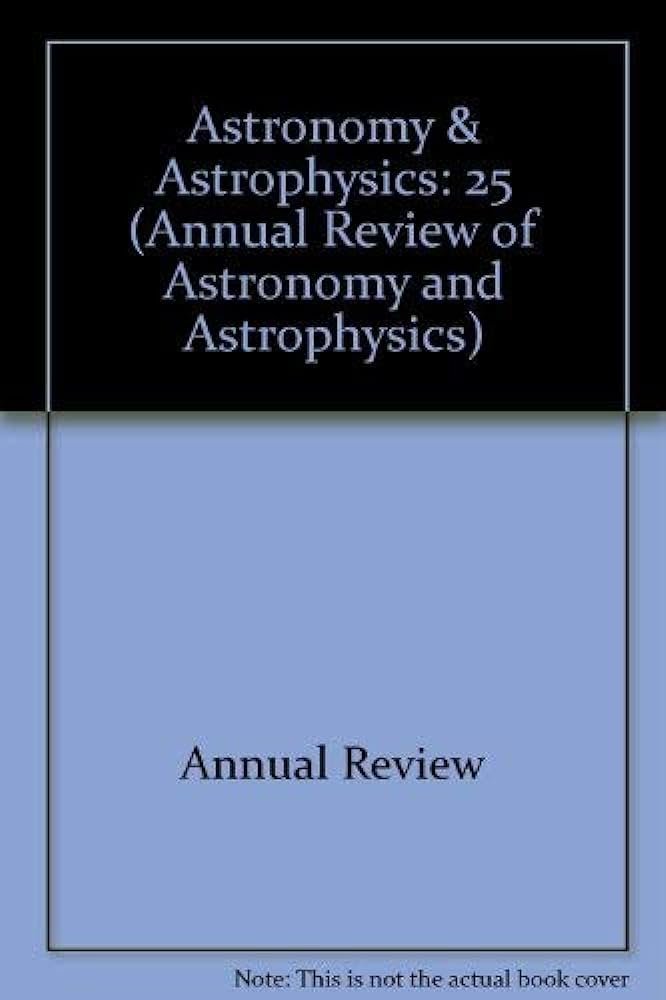银河系中的氢原子:星系演化的垫脚石
IF 32.5
1区 物理与天体物理
Q1 ASTRONOMY & ASTROPHYSICS
Annual Review of Astronomy and Astrophysics
Pub Date : 2023-05-30
DOI:10.1146/annurev-astro-052920-104851
引用次数: 3
摘要
原子氢(Hi)是银河系星际介质(ISM)气体演化周期的重要垫脚石。Hi追踪了恒星形成前的冷的前分子状态和恒星形成前后温暖的弥散ISM。本文介绍了新的、灵敏的Hi吸收和发射测量,这些测量与高角度和光谱分辨率的Hi发射数据一起,揭示了Hi的物理性质、结构及其与磁场的关系。我们概述了Hi相,并讨论了Hi的性质如何依赖于环境,以及它的结构如何告诉我们ISM中的反馈。▪冷中性介质的质量分数平均为40%,由于平均气体密度的增加,随着AV的增加而增加。▪冷盘至少延伸到R ~ 25kpc。▪大约40%的Hi是温暖的,其结构特征来源于反馈事件。▪冷Hi是高度丝状的,而热Hi分布更均匀。我们总结了未来的观测和模拟机会,可以用来解开原子ISM的三维结构和加热和冷却对Hi性质的影响。《天文学和天体物理学年度评论》第61卷的最终在线出版日期预计为2023年8月。修订后的估计数请参阅http://www.annualreviews.org/page/journal/pubdates。本文章由计算机程序翻译,如有差异,请以英文原文为准。
Atomic Hydrogen in the Milky Way: A Stepping Stone in the Evolution of Galaxies
Atomic hydrogen (Hi) is a critical stepping stone in the gas evolution cycle of the interstellar medium (ISM) of the Milky Way. Hi traces both the cold, premolecular state before star formation and the warm, diffuse ISM before and after star formation. This review describes new, sensitive Hi absorption and emission surveys, which, together with high angular and spectral resolution Hi emission data, have revealed the physical properties of Hi, its structure, and its association with magnetic fields. We give an overview of the Hi phases and discuss how Hi properties depend on the environment and what its structure can tell us about feedback in the ISM. Key findings include the following: ▪ The mass fraction of the cold neutral medium is [Formula: see text]40% on average, increasing with AV due to the increase of mean gas density. ▪ The cold disk extends to at least R ∼ 25 kpc. ▪ Approximately 40% of the Hi is warm, with structural characteristics that derive from feedback events. ▪ Cold Hi is highly filamentary, whereas warm Hi is more smoothly distributed. We summarize future observational and simulation opportunities that can be used to unravel the 3D structure of the atomic ISM and the effects of heating and cooling on Hi properties. Expected final online publication date for the Annual Review of Astronomy and Astrophysics, Volume 61 is August 2023. Please see http://www.annualreviews.org/page/journal/pubdates for revised estimates.
求助全文
通过发布文献求助,成功后即可免费获取论文全文。
去求助
来源期刊

Annual Review of Astronomy and Astrophysics
地学天文-天文与天体物理
CiteScore
54.80
自引率
0.60%
发文量
14
期刊介绍:
The Annual Review of Astronomy and Astrophysics is covers significant developments in the field of astronomy and astrophysics including:The Sun,Solar system and extrasolar planets,Stars,Interstellar medium,Galaxy and galaxies,Active galactic nuclei,Cosmology,Instrumentation and techniques,
History of the development of new areas of research.
 求助内容:
求助内容: 应助结果提醒方式:
应助结果提醒方式:


